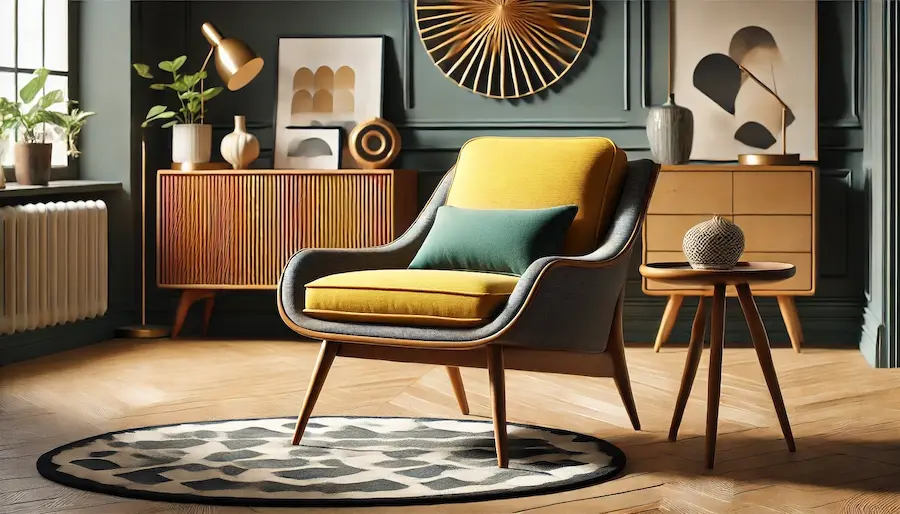Mid-century modern chairs epitomize a design movement that seamlessly blends functionality with aesthetic appeal, reflecting the innovative spirit of the mid-20th century.
Introduction to Mid-Century Modern Chairs
Emerging between the 1930s and 1960s, mid-century modern chairs are characterized by clean lines, organic shapes, and a minimalist approach that emphasizes form and function. This design philosophy sought to create accessible, practical, and beautiful furniture for the modern home.
History and Origins of Mid-Century Modern Chairs
The mid-century modern movement drew inspiration from earlier design schools, notably the Bauhaus, which emphasized the union of art, craft, and technology. Post-World War II optimism and technological advancements allowed designers to experiment with new materials and production methods, leading to iconic creations by figures such as Charles and Ray Eames, Arne Jacobsen, and Hans Wegner.
Key Features of Mid-Century Modern Chairs
- Innovative Materials: The use of molded plywood, tubular steel, and plastics enabled designers to explore new forms and functionalities.
- Organic Shapes: Designs often feature smooth, flowing lines inspired by natural forms, enhancing both comfort and visual appeal.
- Functionality: A focus on practicality ensures that these chairs are not only aesthetically pleasing but also comfortable and user-friendly.
Applications of Mid-Century Modern Chairs
The versatility of mid-century modern chairs allows them to complement various interior styles:
- Residential Spaces: Serve as functional and stylish additions to living rooms, dining areas, and home offices.
- Commercial Environments: Commonly found in offices, cafes, and public spaces, offering both comfort and durability.
- Outdoor Settings: Designed with weather-resistant materials, mid-century modern chairs can enhance patios and garden areas.
Considerations When Choosing a Mid-Century Modern Chair
When selecting a mid-century modern chair, consider the following factors:
- Authenticity: Determine whether you prefer an original vintage piece or a high-quality reproduction, each offering different levels of authenticity and price points.
- Condition: Assess the chair’s structural integrity and upholstery, especially if considering vintage items, to ensure longevity and comfort.
- Space Compatibility: Ensure the chair’s dimensions and style harmonize with your existing décor and spatial constraints.
Conclusion
Mid-century modern chairs continue to captivate with their timeless design and innovative use of materials. By understanding their history, key features, and applications, you can select a piece that not only enhances your space but also pays homage to a pivotal era in design history.
